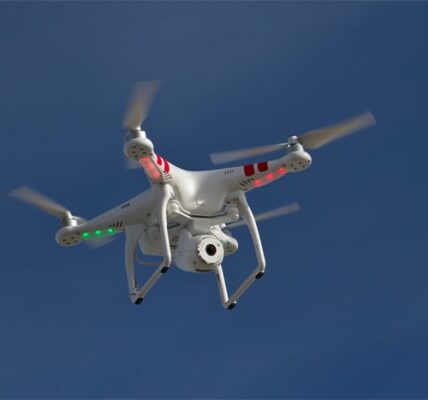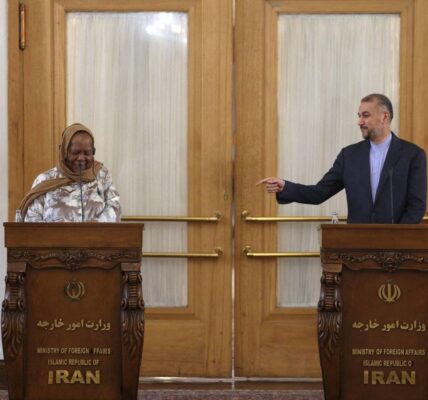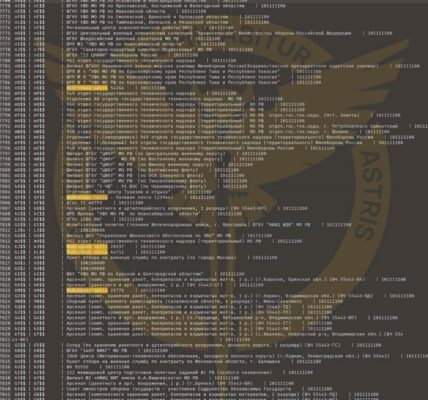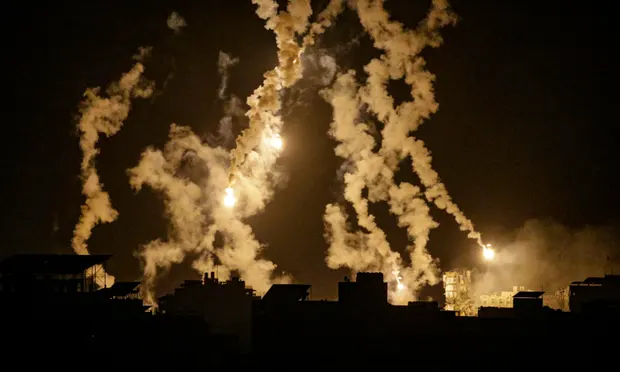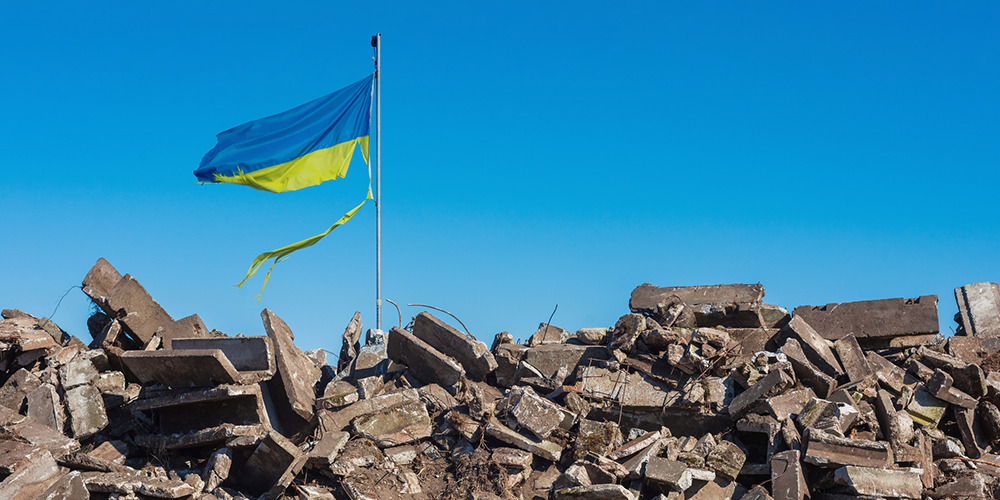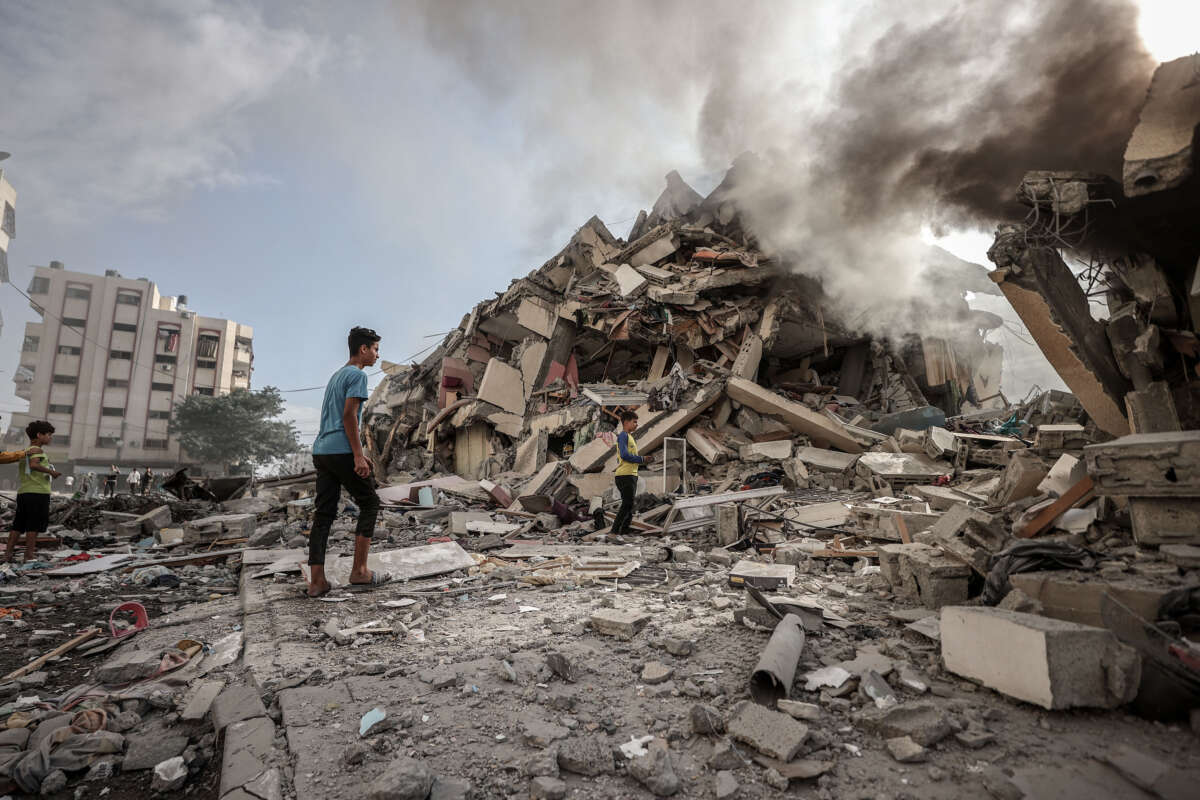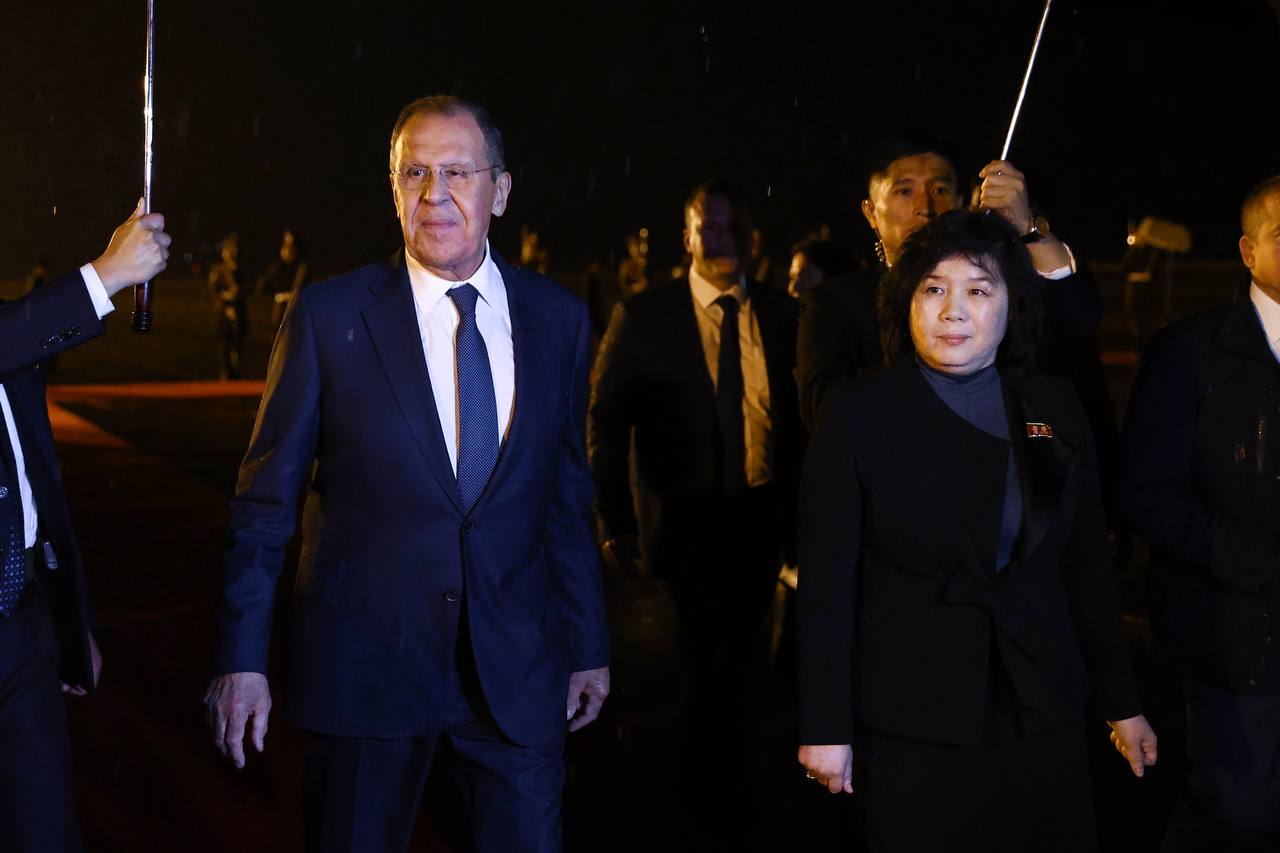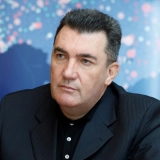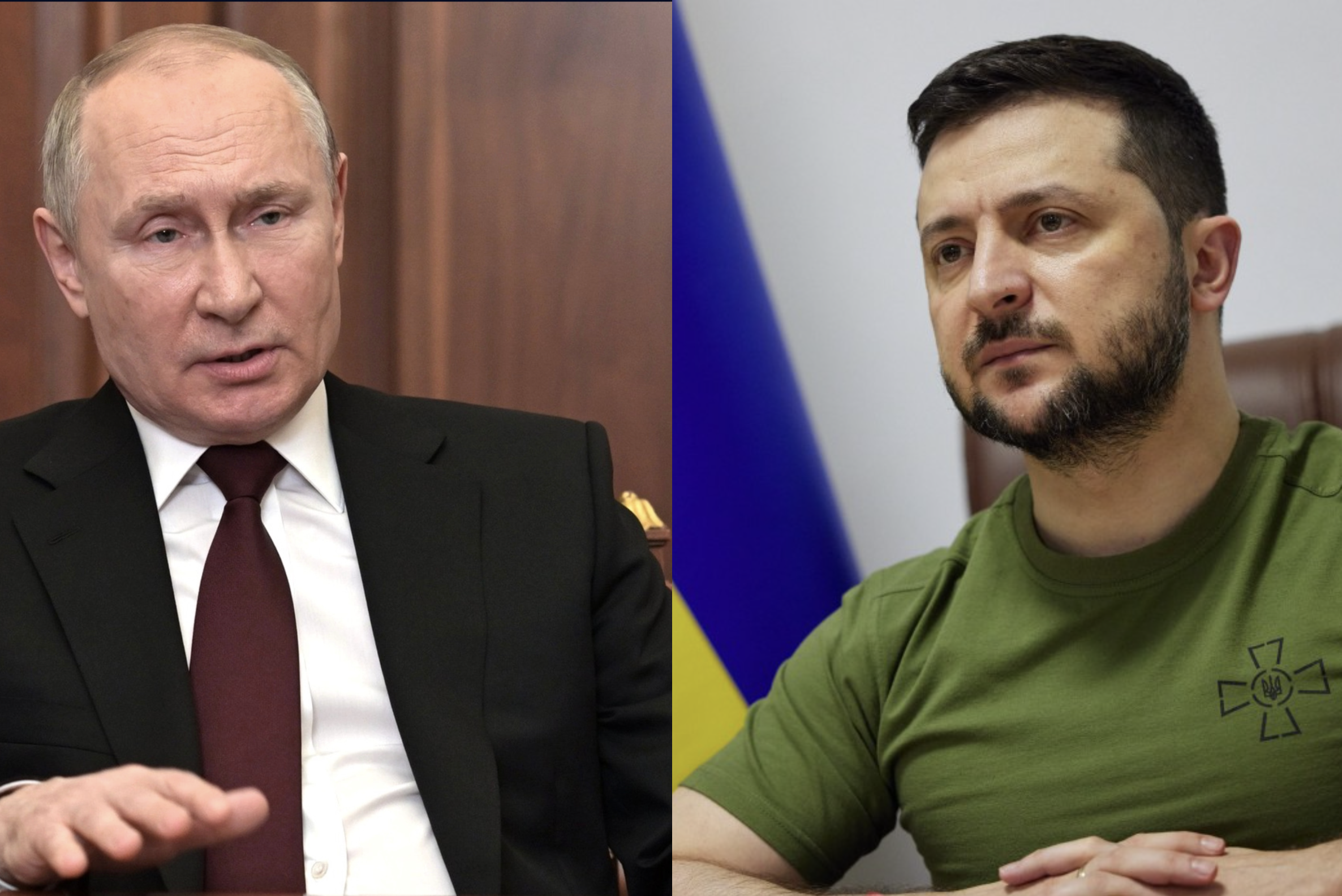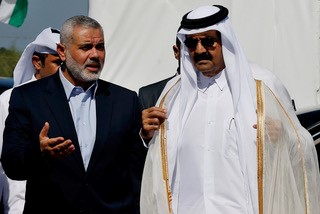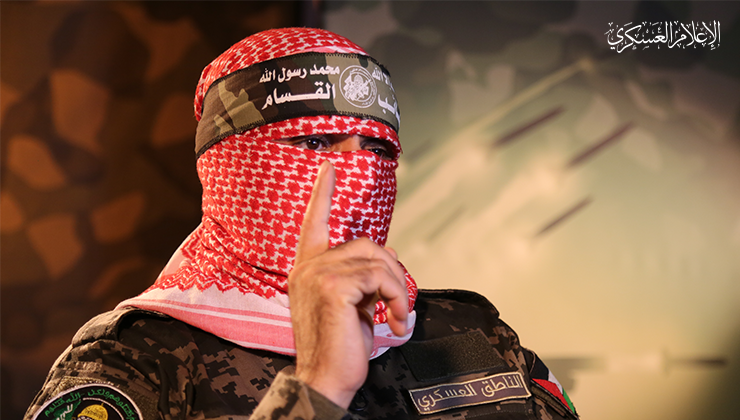Exclusive Satellite Images Reveal the Expansion of Russian War Cemeteries Following Huge Troops Losses in Ukraine
The human cost of the war in Ukraine has been revealed in a series of “startling” satellite images showing how cemeteries located close to Russian military garrisons have expanded since the start of conflict.
Estimates of Russian casualties by both the US and British governments suggest that as many as 300,000 to 400,000 soldiers may have been killed and wounded in action since the start of the war in February 2022.
Satellite images obtained by National Security News in collaboration with the British newspaper The Sunday Telegraph have revealed that cemeteries associated with elite Russian military units have grown significantly during the course of the conflict.
The images provided by Maxar Technologies, a private US-based satellite company, show cemeteries linked to units such as the Guards Airborne Division, the Guards Motorised Division and the Wagner Mercenary group have all grown substantially in size.
Many of the troops buried in the cemeteries are believed to have been killed while fighting in some of the most ferocious and bloody battles in Ukraine.
Cemeteries shown in the images include Blyzhnie cemetery, near Feodosiya, Crimea, and Mikhaylovsk cemetery near Stavropol, also in Crimea.
Both cemeteries are associated with the 7th Guards Airborne Division, which has been involved in the Ukraine War since the start of President Vladimir Putin’s Special Military Operation.
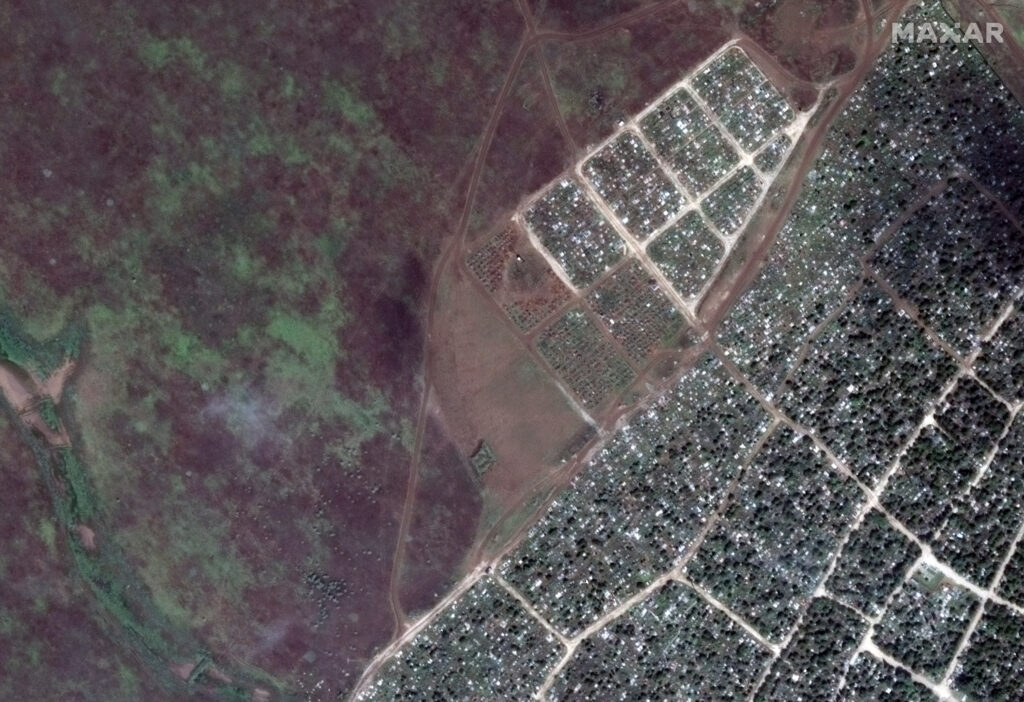
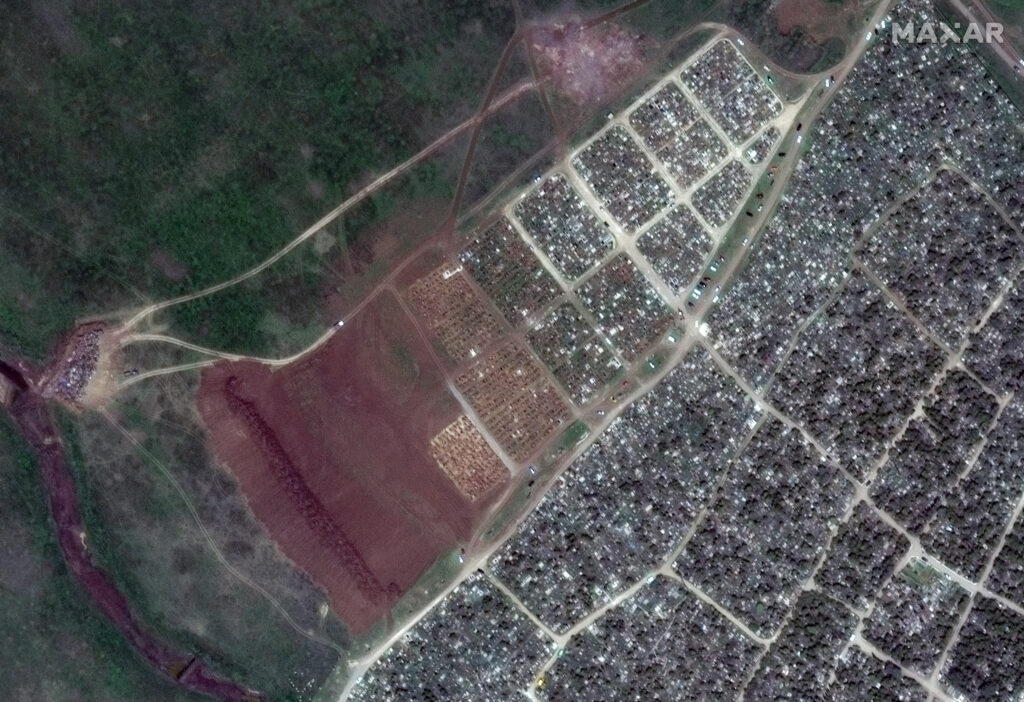
Troops from the unit took part in the southern Ukrainian offensive and the battles of Kherson and Mykolaiv in February 2022, where they are reported to have suffered heavy losses.
The same unit lost 49 soldiers in a single day last year. The elite Russian paratroopers were serving with 247th VDV Regimen, part of the 7th Guards Airborne Division, when they were killed in a battle close to Staromayorske, a village in Donetsk.
Russian media reported in March 2022 that the division’s commanding general, Andrei Sukhovetsky, was killed in combat.
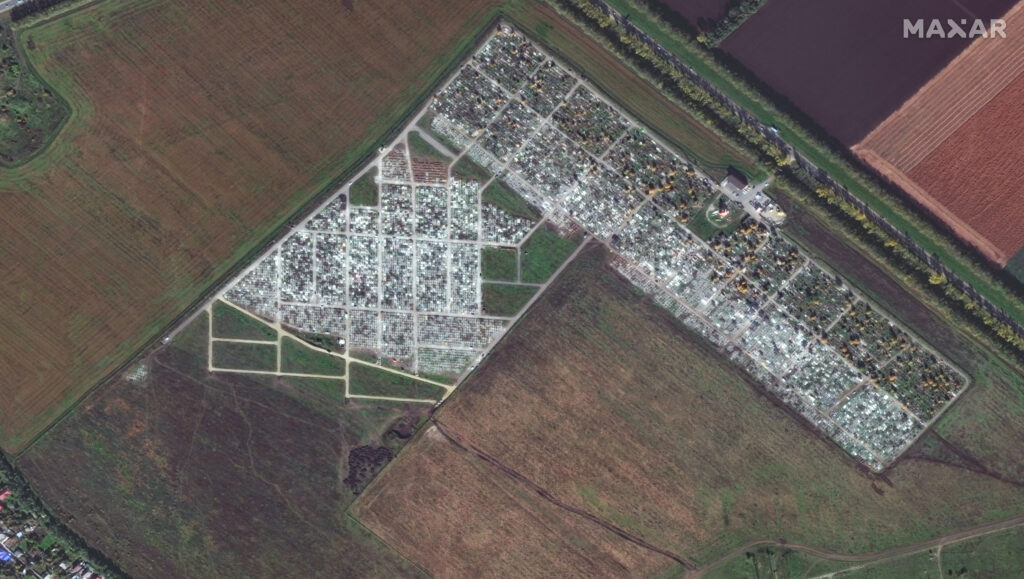

Images of Bogorodskoye and Tula cemeteries both near Ryazan, Russia, are close to where units of the 106th Guards Airborne Division are based, according to Maxar.
One image from April 2023 shows an entirely new grid to accommodate what appears to be more gravesites. Troops from the 106th Guards Airborne Division took part in the opening battles of the war in Ukraine and also later fought in operations in the Bakhmut area along with Wagner forces. Western intelligence estimates suggest that as many as 20,000 Russian troops could have been killed in the Battle of Bakhmut.
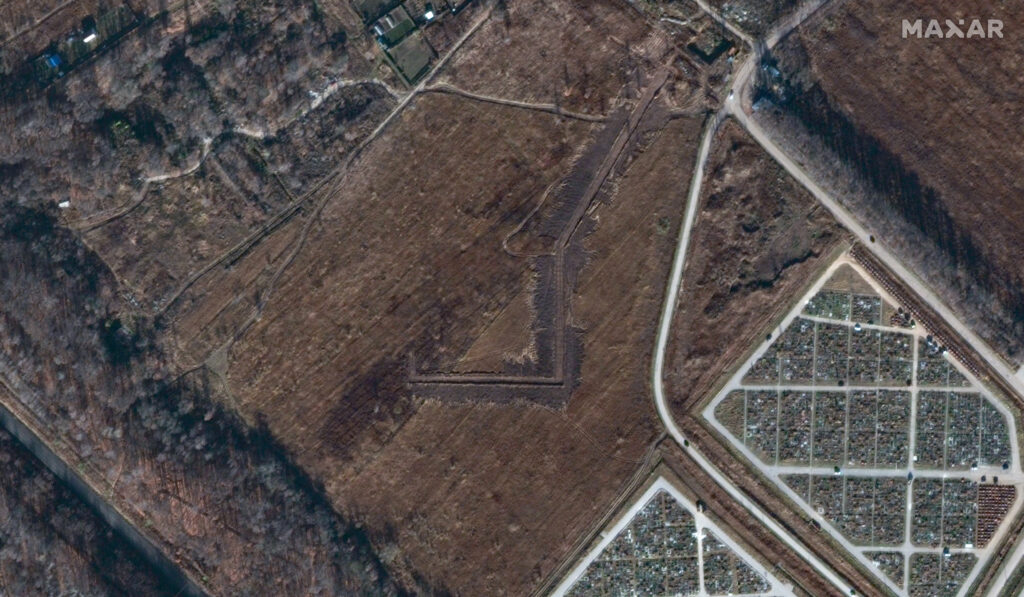
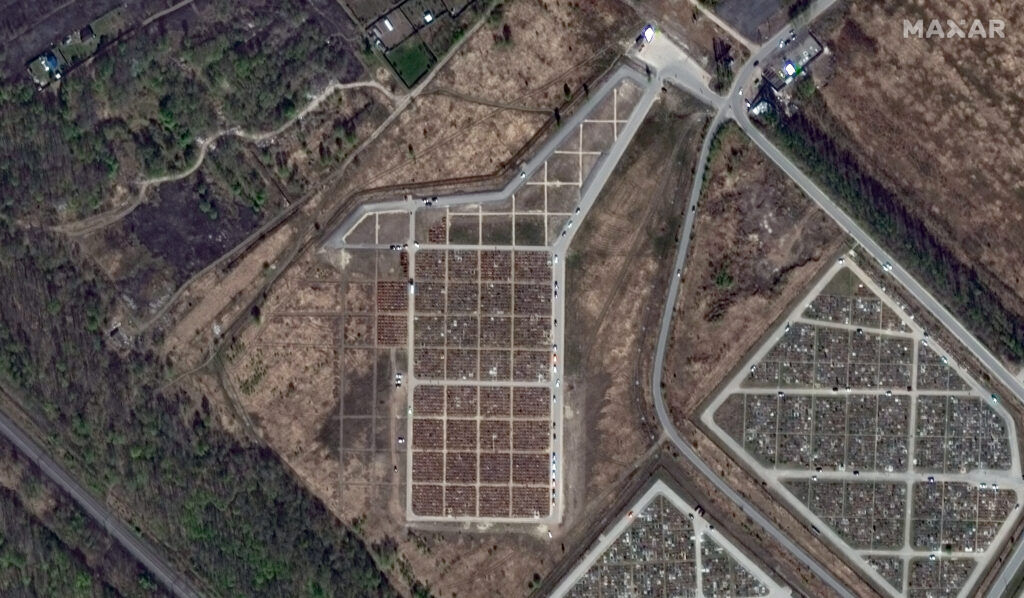
Alabino cemetery near Alabino, Russia is linked to units which make up the 2nd Guards Motorised Rifle Division. The cemetery appears to have been expanded to house graves belonging to troops from the division, who have died in the war.
The division took a small part in the northern Ukraine offensive of the 2022 Russian invasion of Ukraine, and in the failed month-long Siege of Chernihiv. During the siege in February 2022, over 150 soldiers from the unit were killed and around 300 were captured by Ukrainian forces.
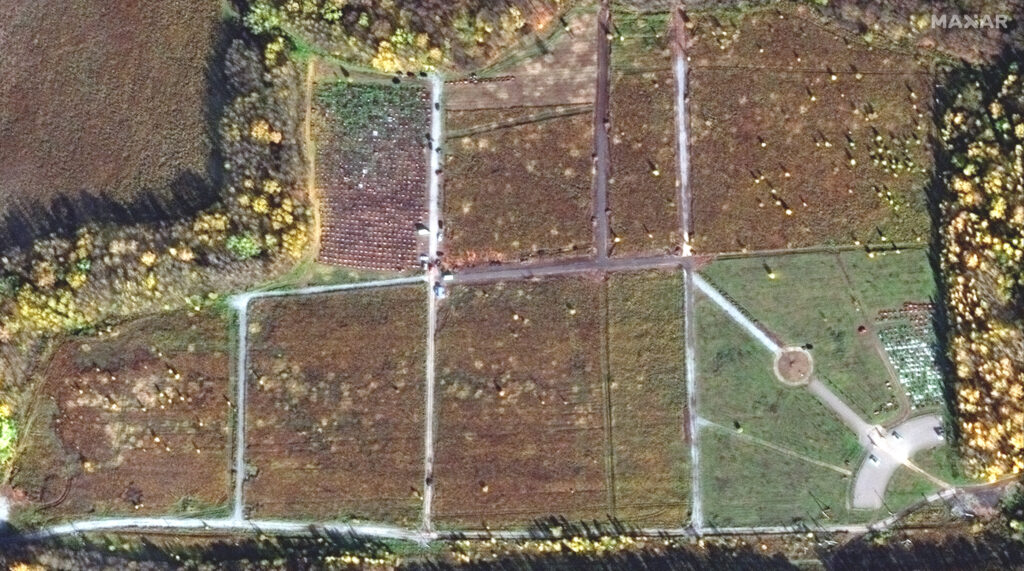
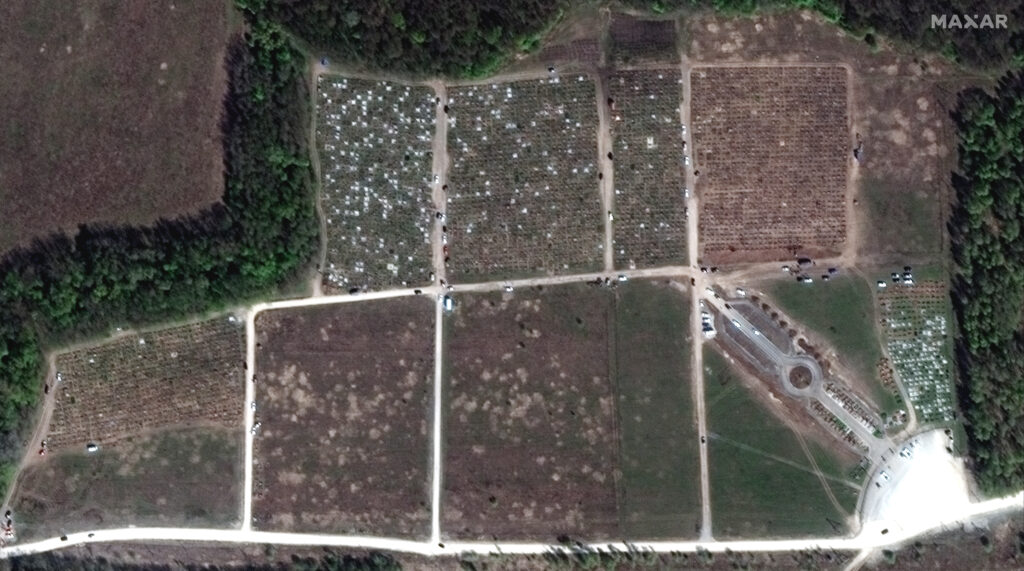
Bakinskaya and Berezovsky cemeteries are linked with the Wagner Group and are believed to contain the graves of many of their dead fighters. Both cemeteries have exhibited significant expansion since February 2022. Up to 21,000 Wagner fighters are believed to have been killed since the start of the war.
Colonel Philip Ingram, a former British Army intelligence officer and Nato planner, described the images as “startling”.
He added: “These satellite images are startling and show the huge price Russian conscripts are paying. I am not surprised at the clear growth in cemeteries near Russian bases as Russia is losing more than 900 troops a day at the moment for minimal territorial gains. The Russian losses in the battle for Avdiikha, where over 16,000 of their soldiers died are testament to that.
“But the reality for the Russian people is that the expansion of the size of these cemeteries doesn’t fully reflect the true numbers of Russian dead. Many bodies are left where they fell on the battlefield. The recovery and repatriation of Russian dead is not a priority as it keeps the true extent of the casualties away from public gaze and saves the Russian Government paying compensation to families. This year will likely see casualties from both sides reach the 1 million in total mark. I should imagine that the cemeteries will either grow in size again or new ones will have to be developed.”


